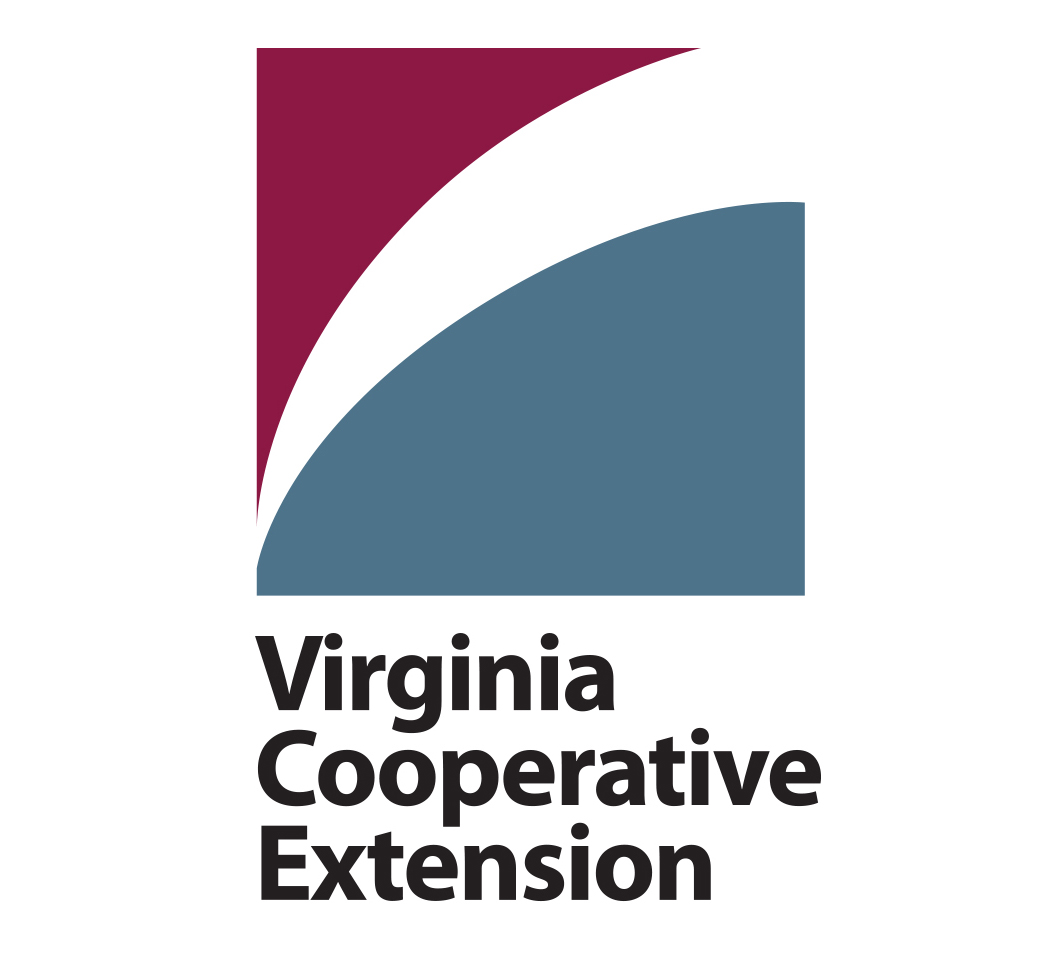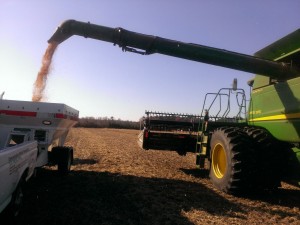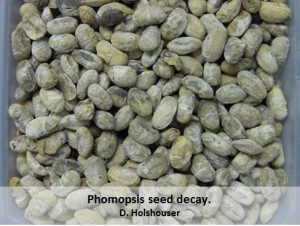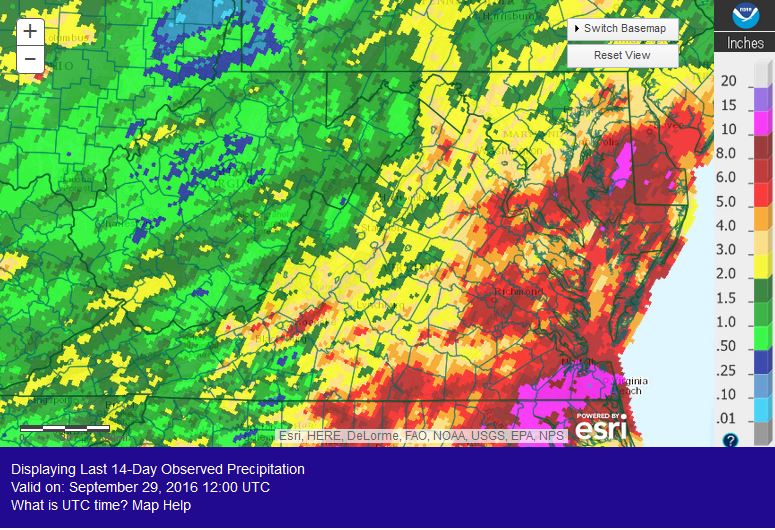The European Union (EU) is reviewing the current maximum residue levels (MRLs) for pesticides, some being used in peanut production. The process started in 2016 and will continue in 2017. As expected, peanut imports in EU may be affected by these changes. I am providing here information on these products (credit David Jordan and American Peanut Council), and I will continue to do so when I have new information. Although under review, please note that not all pesticides may have their MRLs lowered. peanut-notes-2017-no-12-comments-on-pesticides-eu-peanut-imports peanut-notes-2017-no-11-wto-communication-on-pesticides-and-mrls
peanut-notes-2017-no-11-wto-communication-on-pesticides-and-mrls







